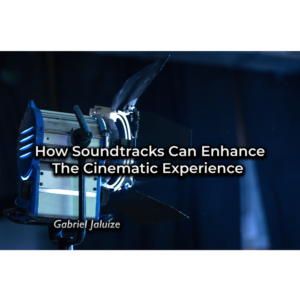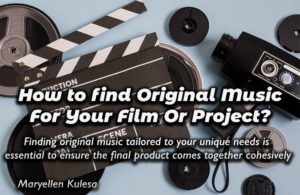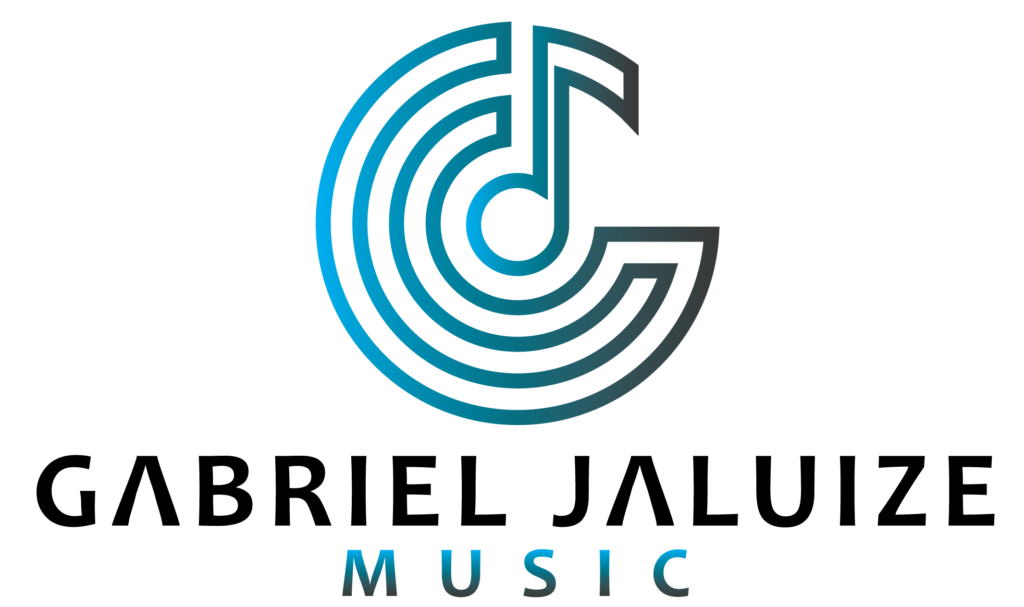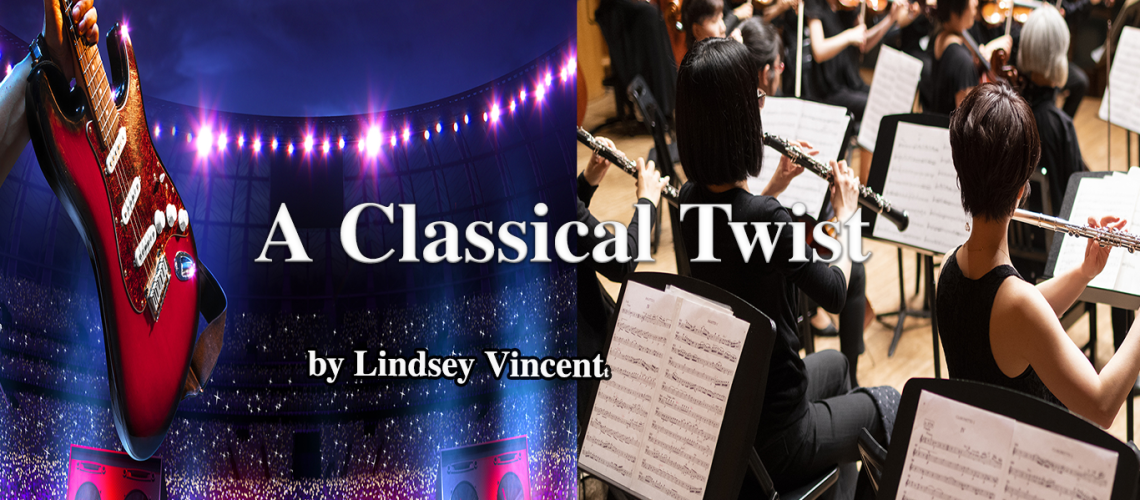The average instrumentation of a band consists of guitar(s), bass, drums, and a vocalist. It seems that this combination of instruments spells out a recipe for success for creating good songs. But how can we take it to the next level? Something worth considering is adding classical or unique instruments to songs, or if you’re willing to go all-in, making them a permanent addition to the band!
It is likely that you have heard the integration of classical instruments in some popular songs such as Winter Winds by Mumford & Sons (trumpets and trombone), or on maybe Metallica’s newly-released album ‘S&M 2’, where they play with an entire orchestra. Maybe you’re an Ian Anderson or Jethro Tull fan (Locomotive Breath and Living in the Past are still killer tunes) and enjoy their use of the flute within their music (I recommend all of these songs and artists if you haven’t heard them or the songs before).
Metallica ‘For Whom the Bell Tolls’ on S&M 2
There have been a fair number of local independent artists that have recently used classical or unique instruments in their songs too. Let’s take a quick journey through a couple of those songs and discuss why adding classical instruments took their song to the next level.
First up is Borrowed Time by Fly the Nest. From the very first second, you press play, you get a nice blast of the trumpet in your eardrums, presenting the listener with one of the motifs of the song. This appears a few times in the song, almost like a mini introduction to the chorus. In the bridge, there are some gorgeous trumpet harmonies, including some dissonance that provides a brief moment of tension until the relief-bringing resolution has been fulfilled. Although not as prominent as the trumpets, there are also some strings that can be heard throughout the song – especially toward the end, where they are heard on their own, almost like a little string soli.
Overall, the trumpets and strings blend nicely, providing a well-rounded and full sound with the trumpets staying on top and the strings in the lower registers (most of the time); the orchestration of this song overall is quite clever. Giving the listener a really bright trumpet that really lifts the tone of the song at the beginning and right before the chorus, with the contrast of the low strings that provide a sense of delicacy at the end is what really makes this song stand apart from others.
‘Borrowed Time’ music video:
Next on our list is the heartwarming love song, I Just Want to Tell You by David Neil Crabtree. If you listen carefully, in the introduction, you can actually hear a vibraphone-like timbre (actually played on an electric piano, but for this article, I will just say ‘vibraphone’); this allows the tone of the song to really establish its presence. Don’t hear it at first? That’s okay! Although it can be found throughout the entire song, it is masterfully balanced to have a nice cohesive sound with the piano and guitar, so it is not always obvious. This is particularly pleasant to the ear because of the combination of timbres of the instruments, as well as it being in the mid-lower register of the vibraphone sound, matching the piano and guitar. This also allows the bass to have a distinct contrast as the lower voice.
However, the vibraphone sound can be distinctly heard during its first solo at 25 seconds, really establishing the syncopation consistently being heard through the song and cueing in the vocalist with it’s jump up the octave for a couple of bars. The contrast signals the cue, but also gives a taste of higher notes when the vocalist isn’t singing, which helps maintain the listener’s attention.
‘I Just Want to Tell You’ music video:
And finally, Miserable Versus Happy by Mick Joyce and the Sonic Gypsies. What a neat and unique track! This psychedelic tune begins with bongos, auxiliary percussion sounds, and particularly catchy rhythms; this really sets the tone of the entire 5 and a half minute audible journey for the listener. After a few bars of percussive intro, we get a nice crescendo from some synth sounds, proving a cue and introduction for yet another unique instrument: the flute! Right away, the lister will notice that this is not an average song.
This interesting instrumentation is quite appropriate and perfectly depicts their playful sounding approach to asking the listener what makes them happy, sad, and miserable; the ‘emotional mojo, working, working, working, working’. After the first verse, the flute is used almost as a call-and-response mechanism, playing in a higher part of the register from the intro after the singers ask, ‘what makes you happy?’. Around 3 and a half minutes, we begin to hear some really neat sounds incorporated into the flute part, such as whistle tones and flutter tongue, as another layer of texture introducing the next natural segment of the song.
Toward the end of the track, all of the layers begin to trickle out one by one. The bongos have faded out and the flute has dropped in register, allowing contrast between itself and the higher-pitched sounds. The flute is one of the last instruments heard in the song, and using the lower register in this sense is incredibly clever. Not only in that it creates contrast with the higher sounds being heard, but the lower register of the flute contains a darker and more delicate tone. This can be quite symbolic, where the flute is ‘sad’ and the higher sounds are bright and ‘happy’.
‘Miserable Versus Happy’ music video:
Overall, the inclusion of classical instruments in songwriting can be a new challenge that would be a unique layer and quite beneficial in most cases regarding song distinction and creativity. If this is of any interest to you but you aren’t sure where to begin, drop an email to Lindsey@demarsmagazine.com will be happy to help!
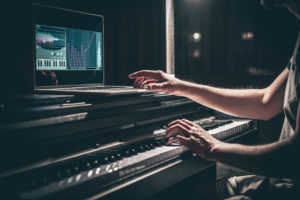
AI-Generated Soundtracks: Transforming The Creative Process in Film and Animation Production
